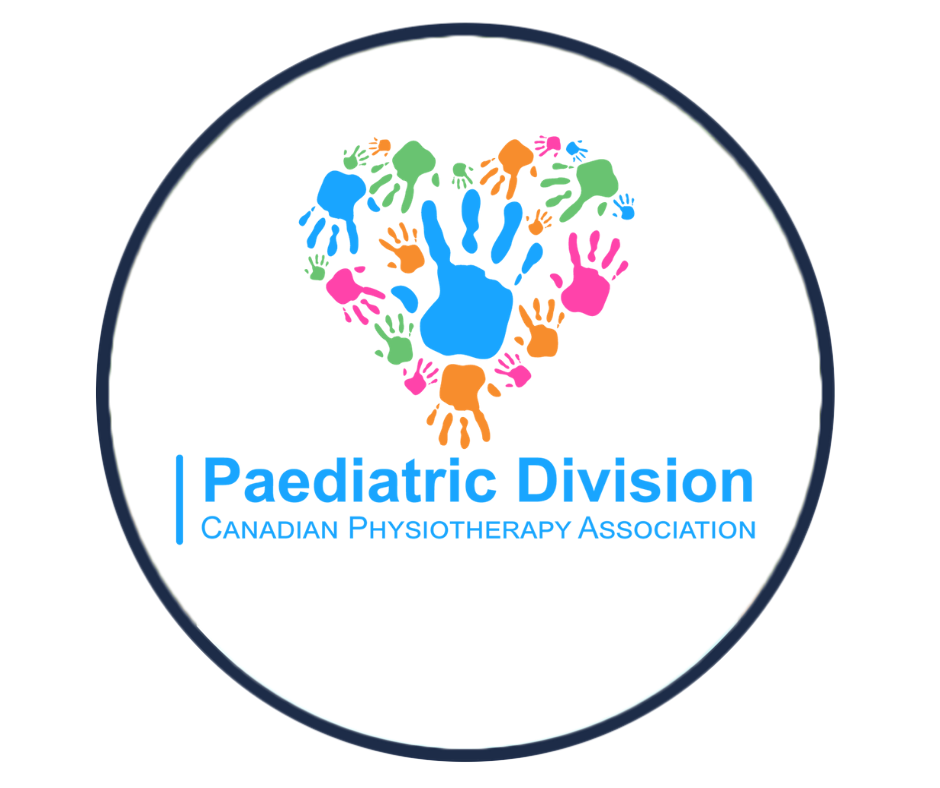Basic Standing and the Use of Standers

Basic Standing and the Use of Standers
This course includes
The instructors
Overview
Children with a neurological diagnosis often spend the majority of their day laying down or seated in a wheelchair. As a result, many do not spend sufficient time weight-bearing and therefore miss out on the benefits that accompany it.
This online pediatric physiotherapy course, 'Basic Standing and the Use of Standers' taught by Ginny Paleg on behalf of the CPA Paediatric Division explores the basic use of standers including the various types of standers, therapeutic benefits, and recommended dosage.
Learning objectives
- Discuss the newest scientific literature on the use of standers
- Learn about the dosage that is recommended for standing
- Learn about the pros and cons of different stander models
- Learn about the contraindications and precautions of standing
- Discuss who may benefit from using a stander
- Learn about the benefits of standers
- Compare stretching to standing for people with cerebral palsy
- Learn about the specific precautions of hip flexion while using a stander
Presenter
Ginny Paleg, DScPT, is a pediatric physiotherapist from Silver Spring, Maryland. She has worked at NIH, HSC Pediatric Center (where she ran a one-week intensive program and was part of the team that started the equipment clinic), adult group homes, and in schools.
For the past 14 years, she has worked for her local school system in their early intervention program. Ginny earned her Master's Degree in Physical Therapy at Emory University and her DScPT at the University of Maryland Baltimore. She is on the editorial board of Rehab Management Magazine. In 2013 she was appointed by her governor to the Maryland Insurance Commission Habilitation work group.
Ginny is an active member of the APTA, having served as a state representative and reimbursement specialist. Recently, she has published four peer-review journal articles on standing programs, two on gait trainers, and two on power mobility. In 2016, Ginny was an invited visiting faculty member in Barcelona, Spain, presented at the European Academy of Childhood Disability, International Early Intervention Conference and European Seating Symposium. She is certified for General Movement Assessment, a tool that has a 92-98% success rate at identifying which 2-5 month-old infants will have cerebral palsy. Ginny specializes in assessment and interventions for children at the GMFCS Levels IV and V.
Looking for CEUs?
This course is approved for 4 CEUs for South African physiotherapists.
The instructors


The Paediatric Division is a special interest group within the Canadian Physiotherapy Association. Our membership consists of clinicians from all practice settings, students, educators, researchers, physiotherapy assistants and administrators all of whom have a passion for promoting participation and enhancing the lives of children and their families. We are dedicated to provide resources and information for paediatric patients and their families to promote participation and function independence in all aspects of life.
Paediatric physiotherapists employ clinical expertise in the early detection of health problems, treatment, education and management of congenital, developmental, neuromuscular, skeletal, cardiorespiratory or acquired disorders/diseases. Paediatric physiotherapists work with children of all ages, from infants through young adulthood to promote participation and functional independence. Paediatric physiotherapists have a unique role in that they not only work with the child, but also their families in the context of their daily home, school and recreational environment.
Paediatric physiotherapists use validated outcome measures to assess the level of strength, flexibility, gross-, and fine-motor coordination and overall functional capabilities to determine participation limitations or restrictions as a result of injury, disease or disability.
Through analysis of objective assessment findings, the paediatric physiotherapist uses evidence-based treatment interventions specifically tailored to the client and their family's goals. Treatment interventions focus on improving gross and fine motor skills, balance and coordination, strength and endurance, as well as cognitive and sensory processing/integration.
Material included in this course
-
Basic Standing and the use of Standers
-
Welcome
-
Introduction
-
Dosage and Who Should Use a Stander
-
The Benefits of Standers
-
Hip Flexion
-
Conclusion
-
Questions
-
Quiz
-
What's Next?
-
Feedback
-
South Africa PT CEU Information
-
South Africa PT CEU Information
Is this course accredited for CPDs for Physiotherapists in South Africa?
This course has been approved for 3 CPD units by the South Africa Society of Physiotherapists (SASP). If you are a physiotherapist in South Africa and would like the number of approved CPDs to appear on your certificate of completion, please follow the steps outlined in this help article.
Is a certificate of completion included with this course?
Once you have completed the course, a certificate of completion (including learning hours and course information) will be generated. You can download this certificate at any time. To learn more about course certificates on Embodia please visit this guide.
This can be used for continuing education credits, depending on your professional college or association. If this course has been approved for CEUs in specific jurisdictions, it will be noted on the course page and CEU information may be added to your course certificate. Please read this guide for more information.